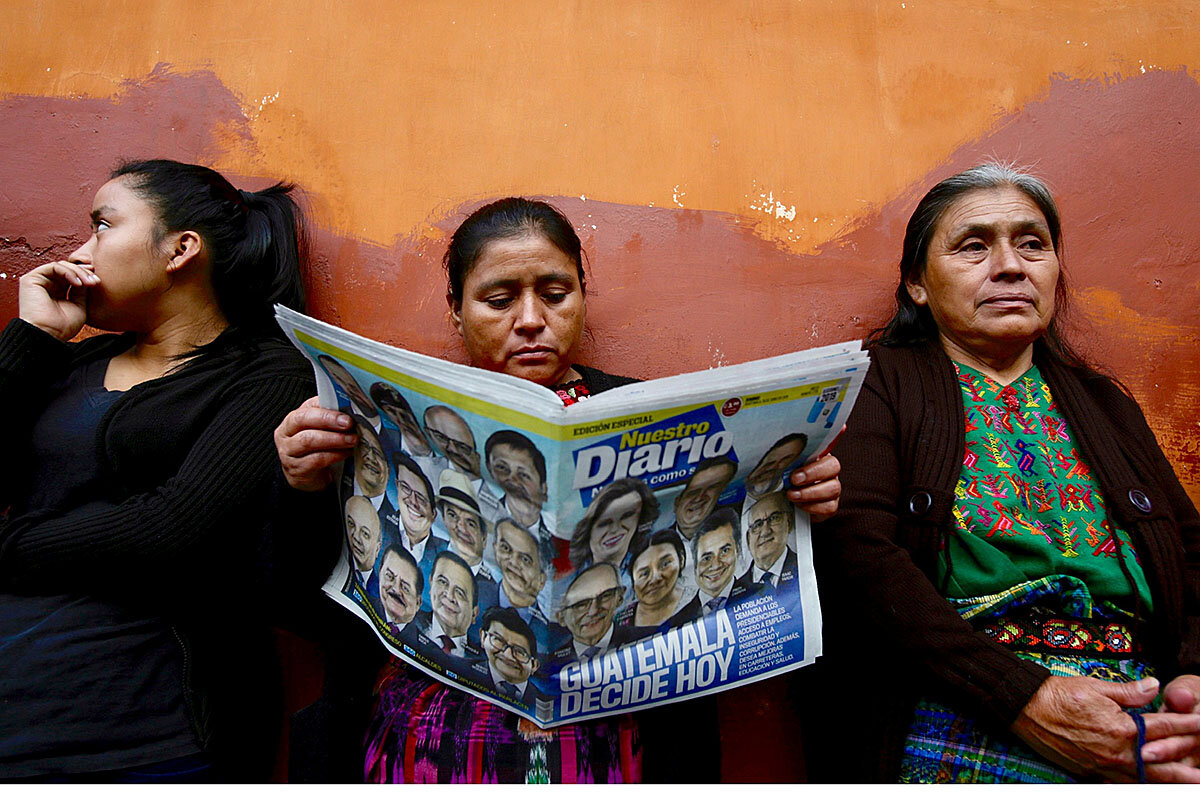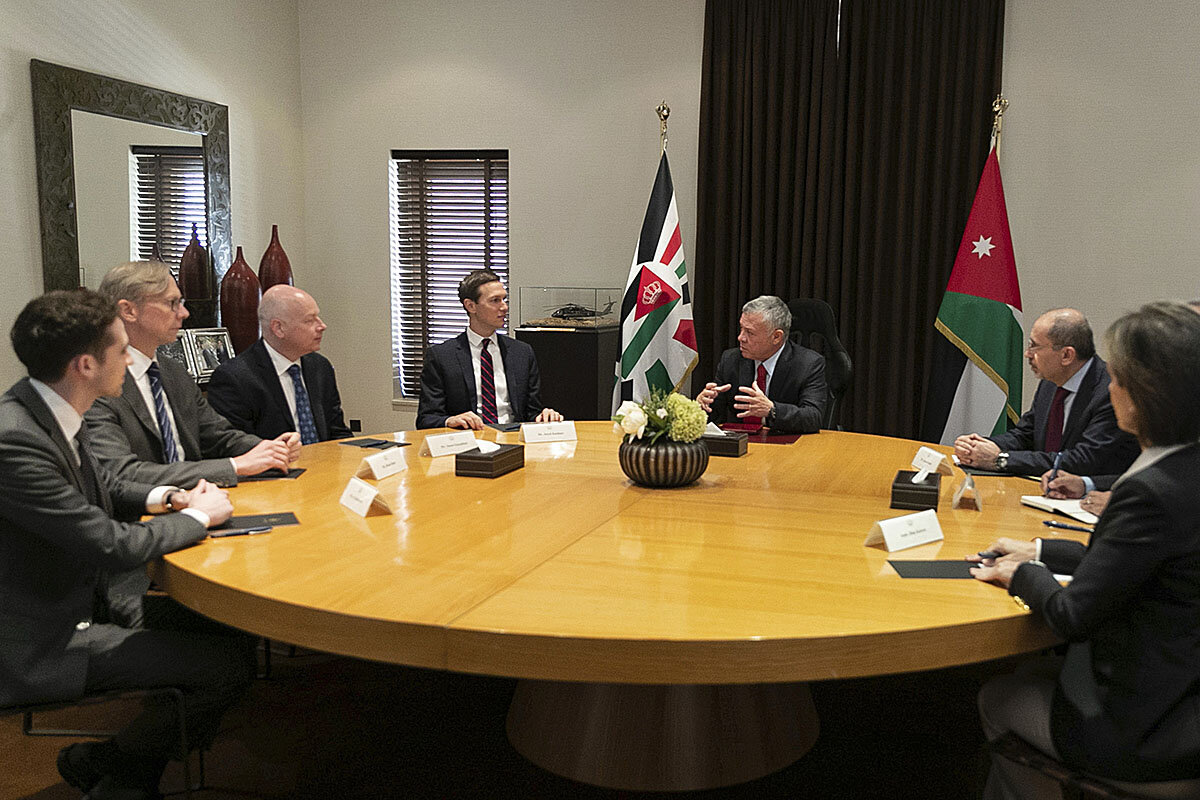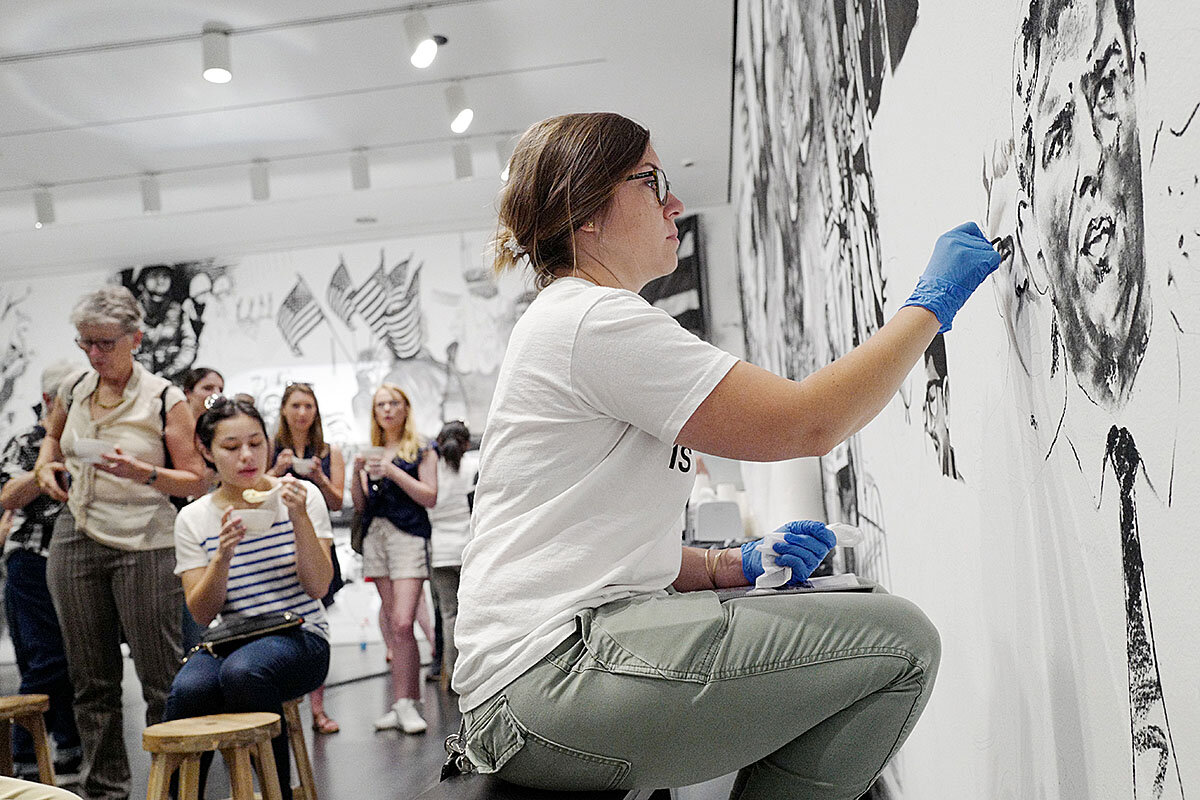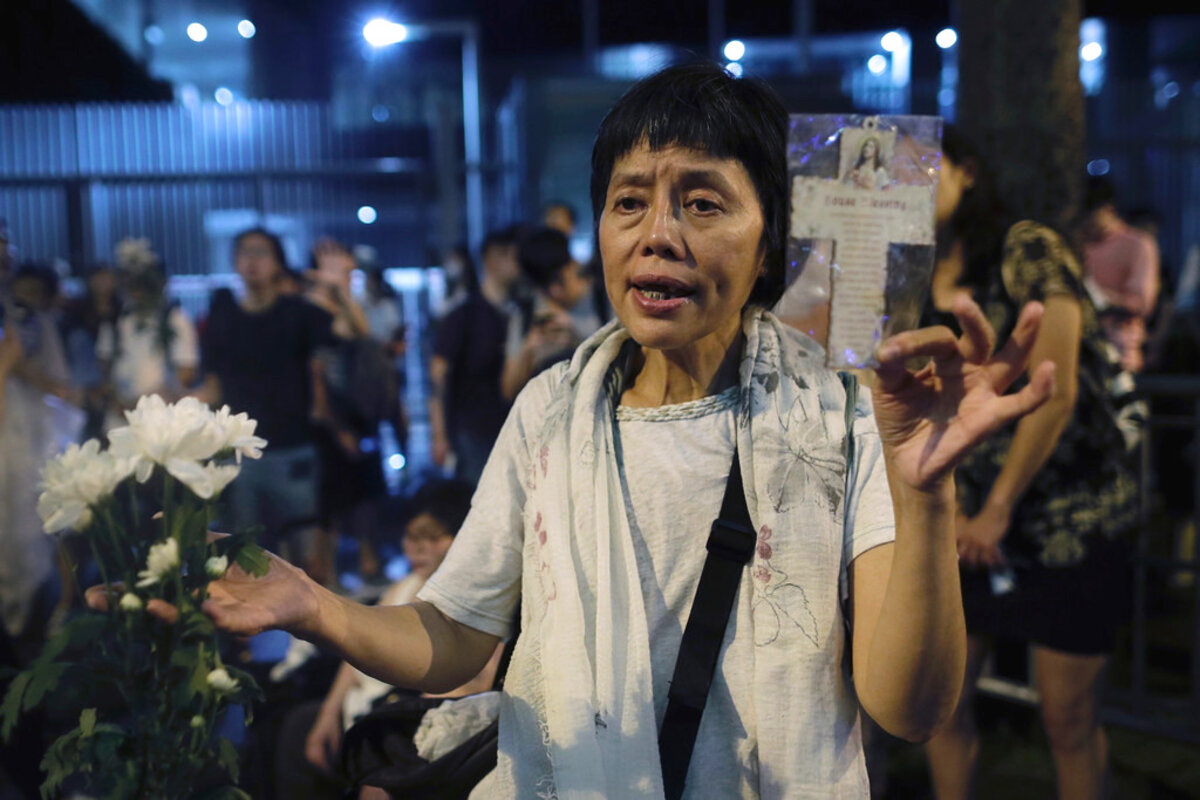Immigration from Guatemala to the U.S. and Mexico points to the deeper problem of corruption. An election four years ago kindled hope of reform. New elections show why that has fizzled out.
Monitor Daily Podcast
- Follow us:
- Apple Podcasts
- Spotify
- RSS Feed
- Download
 Mark Sappenfield
Mark Sappenfield
It might be understandable if Peter Amsler felt some resentment toward Islam. In some corners of the Islamic world, his Bahai faith is banned. Yet on Saturday, he visited Germany’s oldest mosque with joy.
Media accounts of Muslims in Germany often focus on the negative, he says, so he went to the mosque to challenge himself, “seeking contact and cultivating friendship.” Experiences, he says, are more powerful than images in the media. “Experiences act like an antidote.”
This is the purpose of Berlin’s Long Night of Religions, an annual event in which faith communities across the city open their doors in fellowship. “We can be different without fear,” says Mr. Amsler, who is a cofounder of the event, now in its eighth year.
Highlights of Saturday’s event included a dance from the Candomblé – a faith community facing intolerance in Brazil – and a discussion of the grace expressed by both sides when St. Francis of Assisi visited the Egyptian sultan 800 years ago amid the Crusades.
That same grace happens today, says longtime Monitor reader Anni Ulich, who attends the Berlin event annually. “If somebody would have said 10 years ago, ‘You will be friends with people from the New Apostolic Church and from the Religion of Abraham and with Sikhs and with Franciscans,’ I think I wouldn’t have believed him. But now, this is a fact.”
Now on to our five stories for today.










